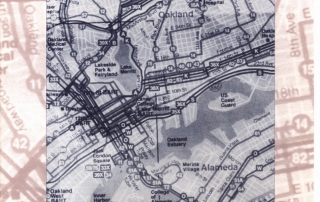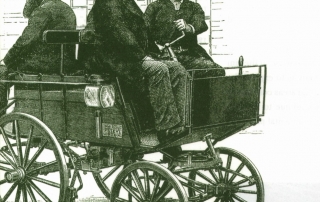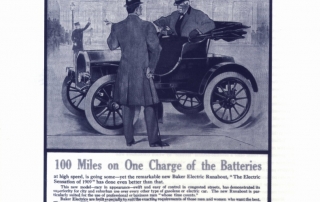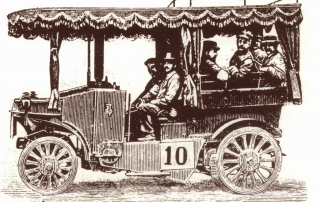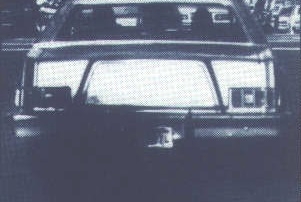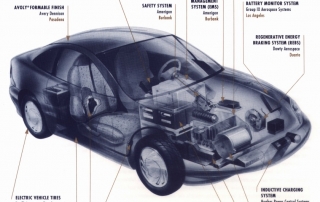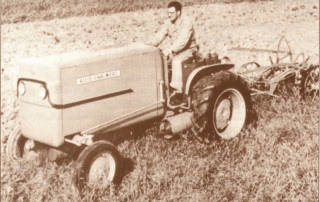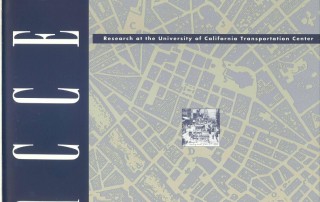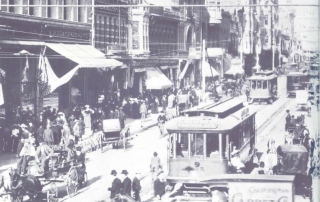Objects in Mirror are Closer Than They Appear
Theodore E. Cohn
Roads, bridges, gasoline, internal combustion engines, and automatic transmissions were singular advances on the way to modern automobiles. But, without goggles, the horseless carriage might have been slow to arrive. Dust in the eye was objectionable, debilitating, and dangerous at the new high speeds. Whatever access the automobile promised, a driver couldn’t enjoy it if blinded, even momentarily. Developments leading to modern transport systems have been a long series of accommodations to what our eyes can and can’t do. Because future developments must compensate for the limitations of human sight and take advantage of its capabilities, my laboratory has been examining various relations between vision and transportation. Here I’d like to tell about some of those relations.


